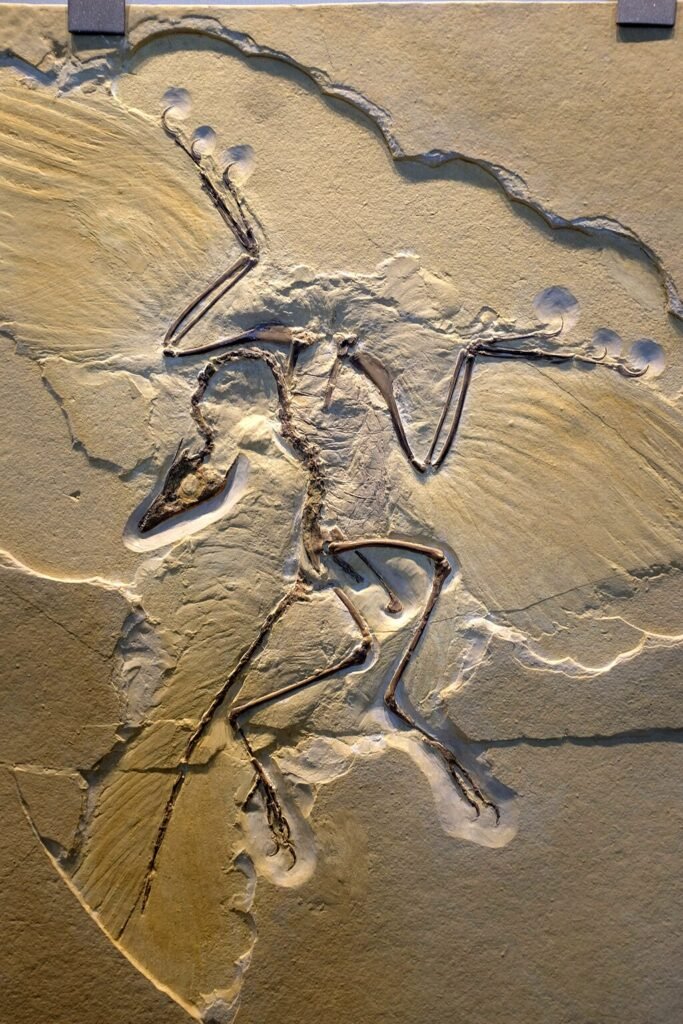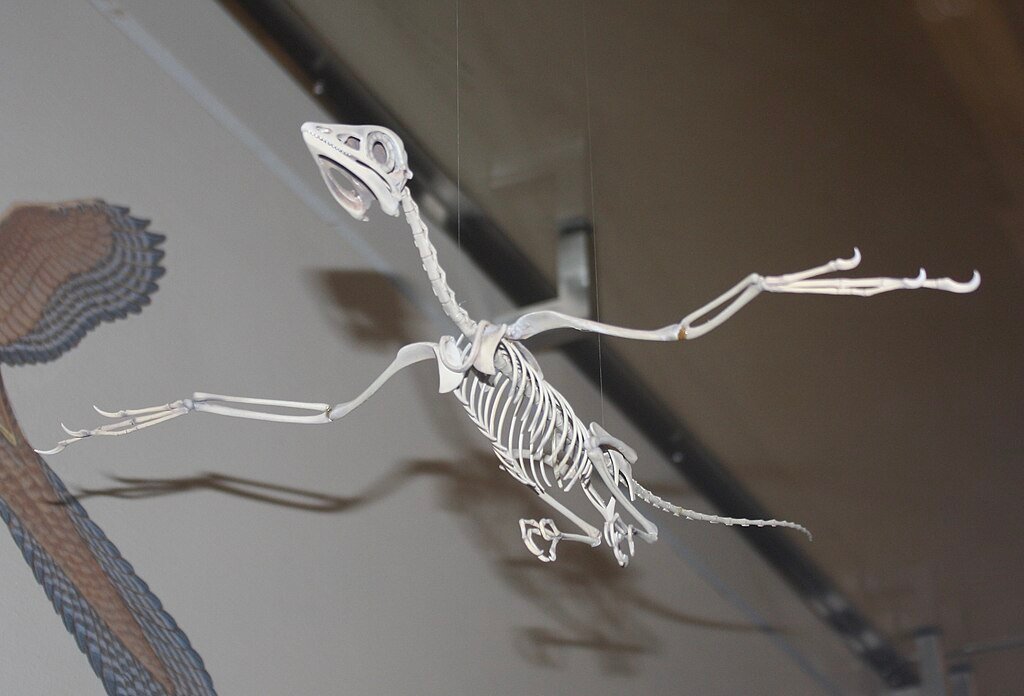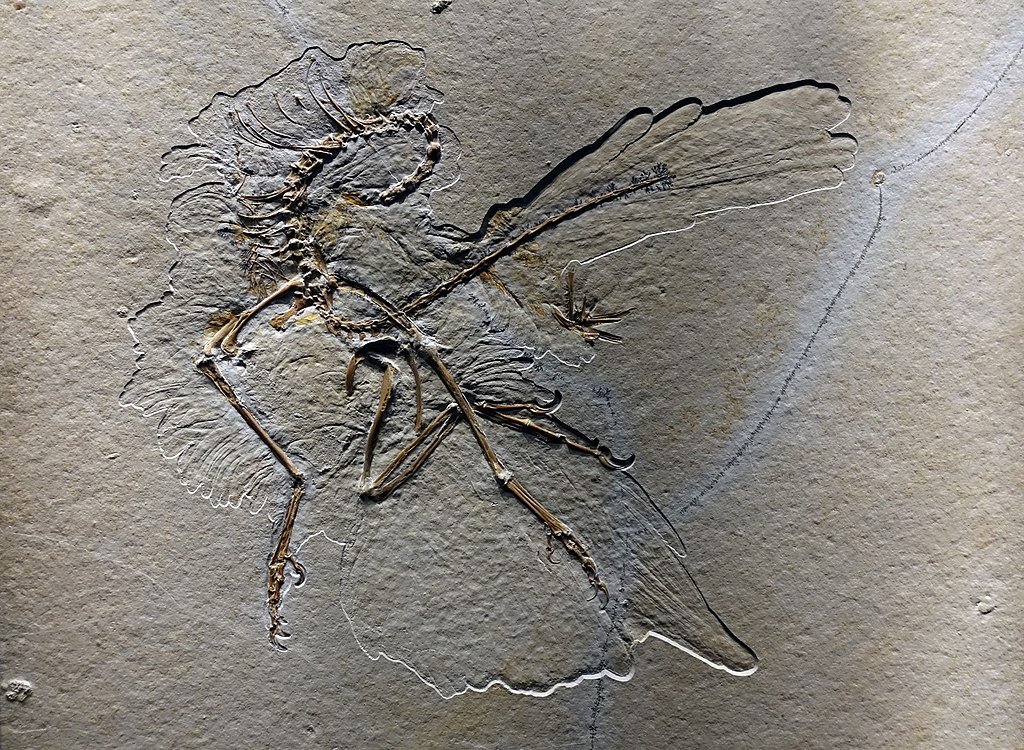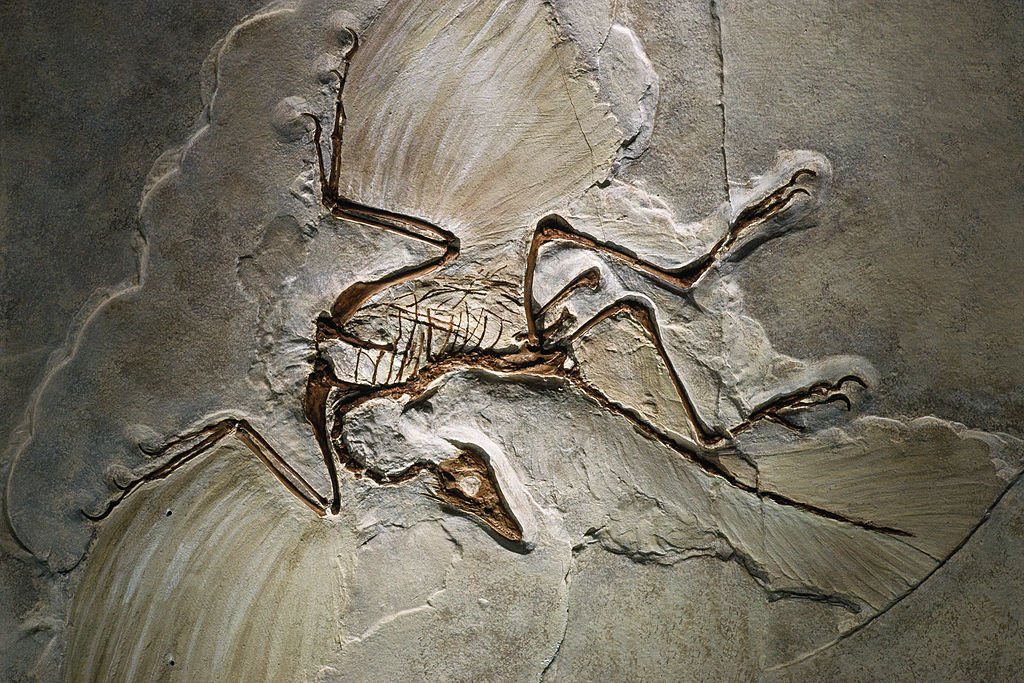Few fossils have transformed our understanding of evolution as radically as Archaeopteryx, the famous “first bird” that obliterated the dividing line between dinosaurs and contemporary birds. Today, a newly re-examined specimen, the 14th ever found, is re authoring the history of flight itself.
In exquisite detail, this fossil shows previously unseen aspects of Archaeopteryx’s feathers, skeletal frame, and even soft tissues providing the sharpest insight yet into how flight might have originated not only once, but several times. The research, published in Nature, overturns centuries-old expectations and revives a hundred-year old debate: Did powered flight originate in a single evolutionary step, or did wings fly independently in various lineages?
A Fossil Like No Other: The Best-Preserved Archaeopteryx Ever Found

Discovered in private hands before being acquired by Chicago’s Field Museum in 2022, this Archaeopteryx was initially a gamble. Buried in rock, its full significance wasn’t clear until 1,300 hours of painstaking preparation revealed an almost flawless specimen nearly 100% complete, uncrushed, and with stunning soft-tissue impressions.
“This is the best Archaeopteryx fossil ever found, of what’s arguably the most important fossil taxon of all time,” says Dr. Jingmai O’Connor, the Field Museum’s vertebrate paleontologist. Unlike previous specimens, this one preserves critical features like tertials specialized wing feathers crucial for flight confirming hypotheses that had never before been physically observed.
The Mystery of Tertials: A Key to Flight Evolution?

Modern birds rely on tertial inner wing feathers attached to the upper arm bone to stabilize flight. Their presence in this Archaeopteryx suggests they were a pivotal evolutionary innovation. But here’s the twist: non-avian feathered dinosaurs, like Anchiornis, lacked them entirely.
“If flight evolved just once from a common Jurassic ancestor, we’d expect all descendants even flightless ones, to retain vestigial tertials,” explains O’Connor. “But they don’t. Velociraptor and other Cretaceous dinosaurs lost them completely.” This absence hints that powered flight may have evolved multiple times first in Archaeopteryx’s lineage, then independently in others.
A Ground-Dwelling Bird That Could (Barely) Fly

Despite its wings, this Archaeopteryx was no eagle. Scaled feet the first ever seen in the species suggest it spent much of its time on the ground. “It was the first dinosaur to fly, but by modern standards, it was a very poor flyer,” says O’Connor.
Yet its anatomy reveals surprising versatility. The fossil’s semi-rigid hands with two digits fused for flight still retained a flexible third digit, possibly for climbing. This supports earlier theories that Archaeopteryx scrambled up trees before gliding, much like modern flying squirrels.
The Lost History of a 150-Million-Year-Old Enigma
This fossil’s journey to science was anything but straightforward. Passed through three private collectors since 1990, its origins before then remain unknown, a frustrating gap for paleontologists. “We got lucky,” admits O’Connor. “Most specimens this complete are locked away in private collections forever.”
The Field Museum’s $2 million gamble paid off. Hidden beneath layers of rock lay the most detailed Archaeopteryx ever uncovered one that now challenges everything we thought we knew about flight.
Flight’s Multiple Origins: A Radical New Possibility

If Archaeopteryx’s tertials were a one-off adaptation, does that mean other feathered dinosaurs invented flight separately? Some scientists argue yes. Dr. Daniel Field, a Cambridge paleontologist, notes that the leap from ground-dwelling dinosaurs to birds involved “vast evolutionary changes” possibly more than once.
This fossil strengthens the case. Unlike Anchiornis, which had primitive feathers but no flight capability, Archaeopteryx had the full package. Yet its descendants may not have passed those traits down uniformly, leaving later flightless dinosaurs without them.
What This Means for the Dinosaur-Bird Transition

Archaeopteryx remains the oldest undisputed bird, but this discovery complicates the narrative. Rather than a single, linear evolution of flight, we may be looking at multiple experiments in aerial locomotion, some successful, others dead ends.
“Evolution isn’t a straight line,” says O’Connor. “It’s messy, with trial and error. Archaeopteryx shows us that flight wasn’t a one-time miracle, it was an innovation that nature stumbled upon more than once.”
The Next Frontier: Could More Fossils Rewrite History Again?
With just 14 known Archaeopteryx specimens, every new find has the potential to revolutionize paleontology. Future discoveries may say something about whether other early birds possessed tertials, or if Archaeopteryx was indeed special.
For now, this fossil stands as a testament to evolution’s unpredictability. Flight didn’t just emerge, it may have taken off multiple times, in different ways, before modern birds mastered the skies. And if that’s true, the story of avian evolution is far more thrilling than we ever imagined.
Sources:

Jan loves Wildlife and Animals and is one of the founders of Animals Around The Globe. He holds an MSc in Finance & Economics and is a passionate PADI Open Water Diver. His favorite animals are Mountain Gorillas, Tigers, and Great White Sharks. He lived in South Africa, Germany, the USA, Ireland, Italy, China, and Australia. Before AATG, Jan worked for Google, Axel Springer, BMW and others.




